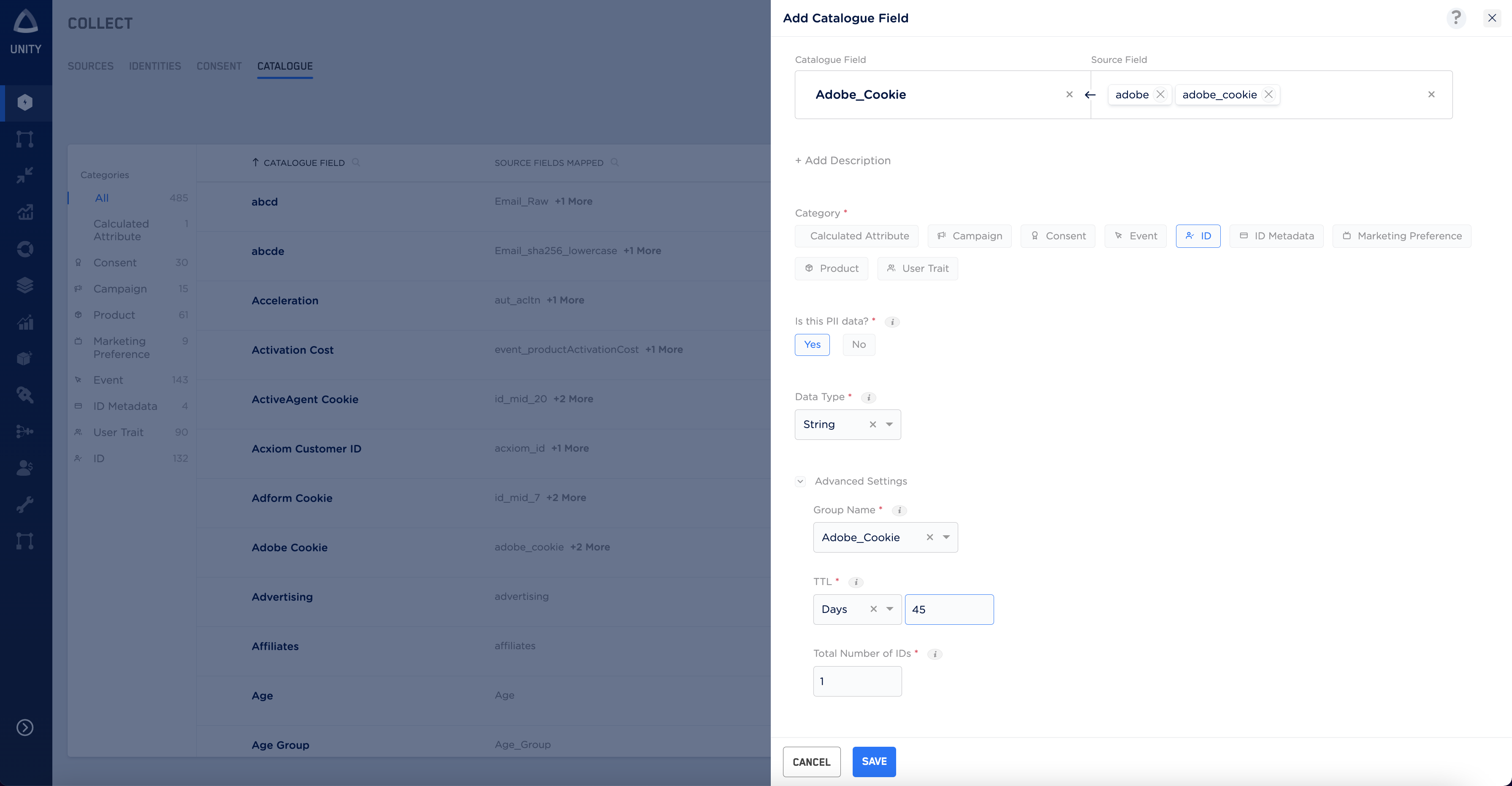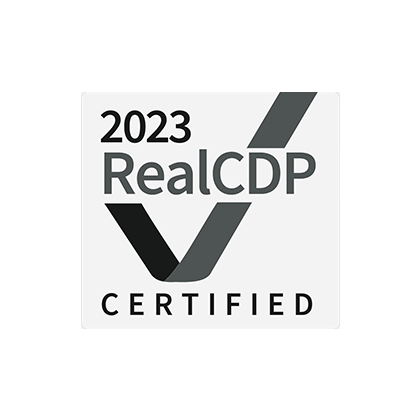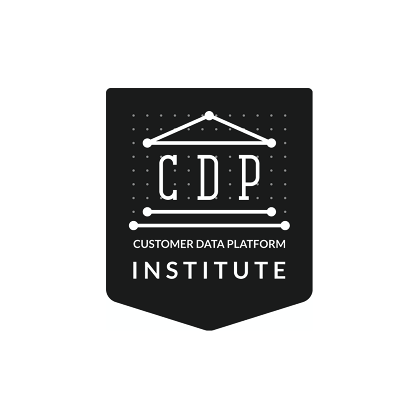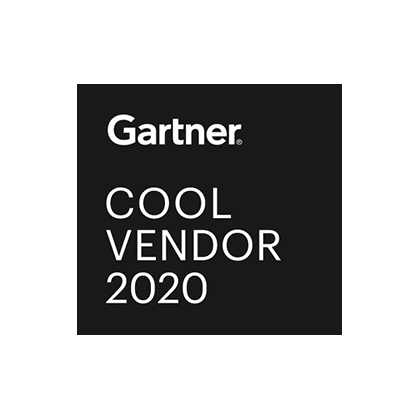As customers move more of their interactions online and in-app, the number of touchpoints where brands can collect data has exploded. Each channel can generate hundreds or thousands of data points at any given time. Brands need to understand their customers’ journeys holistically and use this knowledge to build features, offers and next best content that will delight the customer. Marketers running campaigns on this data need to have full oversight of each channel and touchpoint in order to meet goals and optimise engagements… and delight the customer.
Zeotap CDP’s Catalogue: DIY functionality that makes us different
A Catalogue is at the heart of data standardisation and governance. The Catalogue is a collection of attributes associated with users across many touchpoints and sources, when combined, forms a unified view of each customer – or a Trusted Golden Record.
In the context of a CDP, the catalogue configuration can be a manual and lengthy process that involves multiple stakeholders and is prone to errors. As an offline and manual process, it can take anywhere between days and weeks to complete, which adversely affects the onboarding time.
Our Catalogue has a do-it-yourself capability housed within the Zeotap CDP itself – making it an online and quicker process. The new DIY interface of the Catalogue gives you the controls and functionality to prepare, define and onboard your data sources without waiting for catalogue fields to be first added manually into your account. You can create your own catalogue of attributes captured from varied data, standardise them, and even add more data points as needed.
A screenshot of Zeotap CDP’s Catalogue:

Key functionalities of the Catalogue
- A single centralised view of all attributes against a user profile that are coming in from multiple data sources
- Ability to standardise data coming in from disparate sources
- Flexibility to extend or create your brand-specific custom attributes against the user profile
- Add a definition to customised brand-specific attributes that can be referenced by your peers
- Capability to add context to your attributes by defining a category like user traits, consent, marketing preference and so on
- Serves as the single place to view all the calculated attributes associated with the user profile
- Gives visibility into all the attributes that are available for ingestion in the form of unmapped fields
With the Catalogue in place, it becomes easy for organisations to scale up their customer data. This makes it easier for everyone, from business users to data scientists, to discover, evaluate, trust and access data of all types across the enterprise.
A success story: How our Catalogue helped Virgin Media O2 save £1M
Virgin Media O2, a British mass media and telecommunications company based in London, England, was faced with the challenge of irrelevant customer targeting in digital ad campaigns that led to budget wastage that negatively impacted business outcomes. They wanted to improve the paid acquisition strategy by:
- Suppressing irrelevant customers (existing customers that already purchased, or customers that cannot purchase) from its campaigns
- Acquiring new customers
- Upselling or cross-selling to existing customers
Our Catalogue powered the solution in the following manner:
- Unified online and offline data to identify the existing unique customer profiles that could be targeted
- Created a catalogue of data that brought in data from varied sources and standardised them
- Standardised the attributes and even created custom attributes, as per their business need
- Categorised attributes like user traits, event data, consent, marketing preferences and more against the user profiles
- Brought in modelled information such as high-valued customers, low-valued customers and further built calculated attributes around them
Virgin Media O2 Used the Catalogue to create specific customer segments that could be used for suppressing existing customers, acquiring new customers and cross-selling or upselling to existing customers as follows:
- Suppress irrelevant customers — By excluding data points like converted users they could easily suppress users who were already converted
- Acquire new customers — By excluding known users from campaigns they could focus on the new set of customers only
- Upsell or cross-sell to existing customers — By understanding user behaviour like previous product purchased, they could design appropriate recommendations for existing customers
Zeotap CDP created the solution in 3 main steps:
- Unified first-party customer data from 3 key company data silos: web, mobile and cable
- Stitched together 41.7M rows of data to identify 5.5M existing unique customer profiles with 8M targetable IDs on activation platforms – a sizable amount of data!
- Created audience segments to be suppressed from the designated activation channels in order to exclude existing customers from digital advertising campaigns on Google Search and Facebook; and from retargeting campaigns on Facebook and Instagram.
Using Zeotap CDP’s impactful suppression capabilities to spend smarter on its acquisition campaigns, Virgin O2 reduced Cost per Order (CPO) by 37%, while freeing up budget for prospecting campaigns
The impressive 3-step resolution to Virgin Media O2’s challenges wouldn’t be possible had our Catalogue been difficult to work with. Here is how Zeotap’s Catalogue stole the show in the entire implementation process.
- Allowed ingested data coming in from disparate data sources (web, mobile, cable in this scenario, but not limited to these sources)
- Used rules and reference data to link online and offline IDs
- Offered an easy-to-use interface to map the ingested customer data
- Allowed a custom attribute creation flow that was self-explanatory – with no assistance required!
- Created a custom schema on the fly
Managing customer data was never so easy!
If you would like to learn more about how Zeotap CDP helped save Virgin Media O2 £1M and acquire more customers you can read our case study or if you would like to learn more about how you can get the most out of our Catalogue feature you can request a demo here.

































